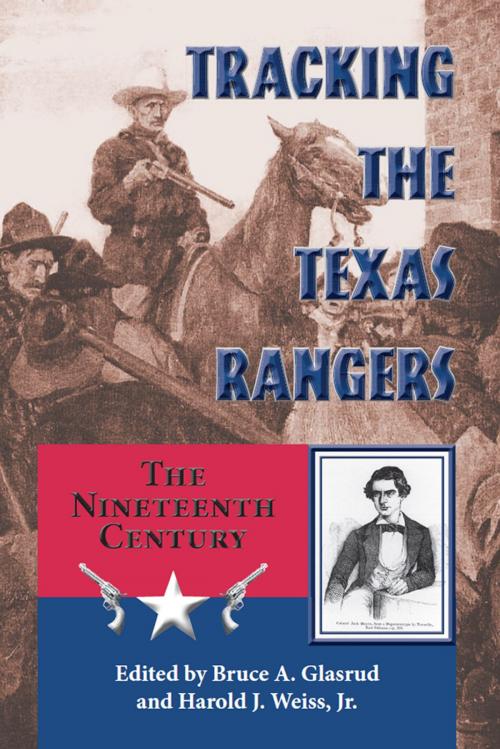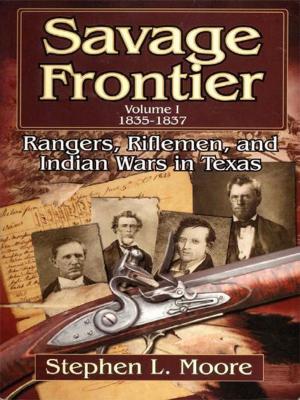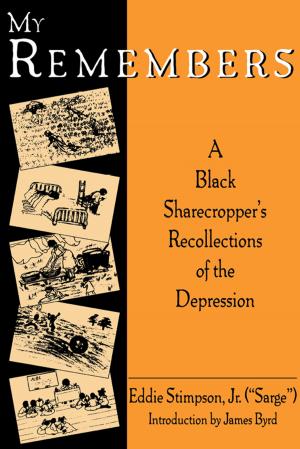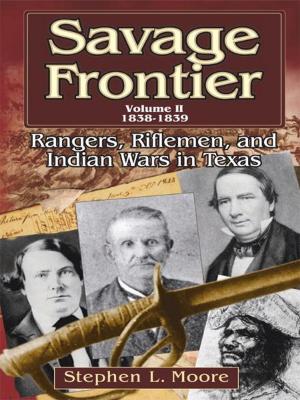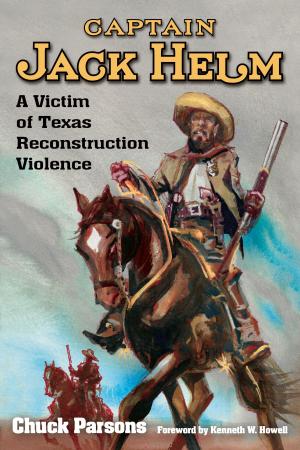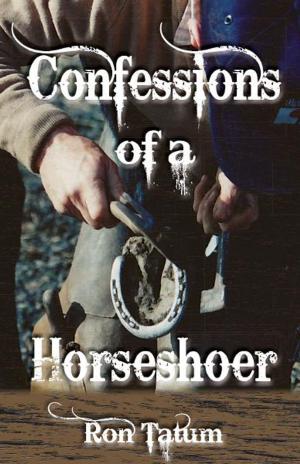Tracking the Texas Rangers
The Nineteenth Century
Nonfiction, History, Americas, United States, 19th Century| Author: | ISBN: | 9781574414790 | |
| Publisher: | University of North Texas Press | Publication: | September 15, 2012 |
| Imprint: | Language: | English |
| Author: | |
| ISBN: | 9781574414790 |
| Publisher: | University of North Texas Press |
| Publication: | September 15, 2012 |
| Imprint: | |
| Language: | English |
Tracking the Texas Rangers is an anthology of sixteen previously published articles, arranged in chronological history, covering key topics of the intrepid and sometimes controversial law officers named the Texas Rangers. Determining the role of the Rangers as the state evolved and what they actually accomplished for the benefit of the state is a difficult challengethe actions of the Rangers fit no easy description. There is a dark side to the story of the Rangers; during the war with Mexico, for example, some murdered, pillaged, and raped. Yet these same Rangers eased the resultant United States victory. Even their beginning and the first use of the term Texas Ranger have mixed and complex origins. Tracking the Texas Rangers covers topics such as their early years, the great Comanche Raid of 1840, and the effective use of Colt revolvers. Article authors discuss Los Diablos Tejanos, Rip Ford, the Cortina War, the use of Hispanic Rangers and Rangers in labor disputes, and the recapture of Cynthia Ann Parker and the capture of John Wesley Hardin. The selections cover critical aspects of those experiencesorganization, leadership, cultural implications, rural and urban life, and violence. In their introduction, editors Bruce A. Glasrud and Harold J. Weiss, Jr., discuss various themes and controversies surrounding the 19th-century Rangers and their treatment by historians over the years. They also have added annotations to the essays to explain where new research has shed additional light on an event to update or correct the original article text.
Tracking the Texas Rangers is an anthology of sixteen previously published articles, arranged in chronological history, covering key topics of the intrepid and sometimes controversial law officers named the Texas Rangers. Determining the role of the Rangers as the state evolved and what they actually accomplished for the benefit of the state is a difficult challengethe actions of the Rangers fit no easy description. There is a dark side to the story of the Rangers; during the war with Mexico, for example, some murdered, pillaged, and raped. Yet these same Rangers eased the resultant United States victory. Even their beginning and the first use of the term Texas Ranger have mixed and complex origins. Tracking the Texas Rangers covers topics such as their early years, the great Comanche Raid of 1840, and the effective use of Colt revolvers. Article authors discuss Los Diablos Tejanos, Rip Ford, the Cortina War, the use of Hispanic Rangers and Rangers in labor disputes, and the recapture of Cynthia Ann Parker and the capture of John Wesley Hardin. The selections cover critical aspects of those experiencesorganization, leadership, cultural implications, rural and urban life, and violence. In their introduction, editors Bruce A. Glasrud and Harold J. Weiss, Jr., discuss various themes and controversies surrounding the 19th-century Rangers and their treatment by historians over the years. They also have added annotations to the essays to explain where new research has shed additional light on an event to update or correct the original article text.
